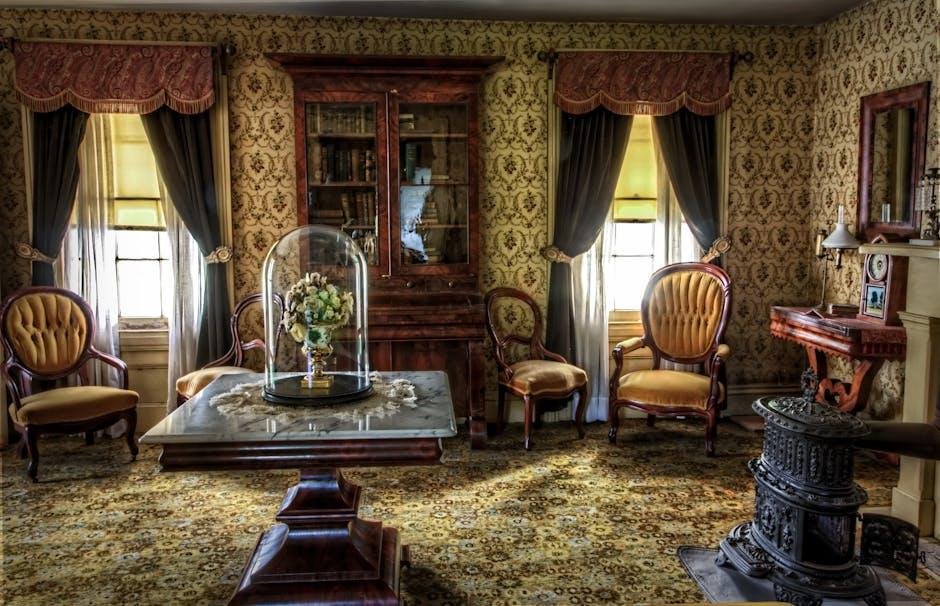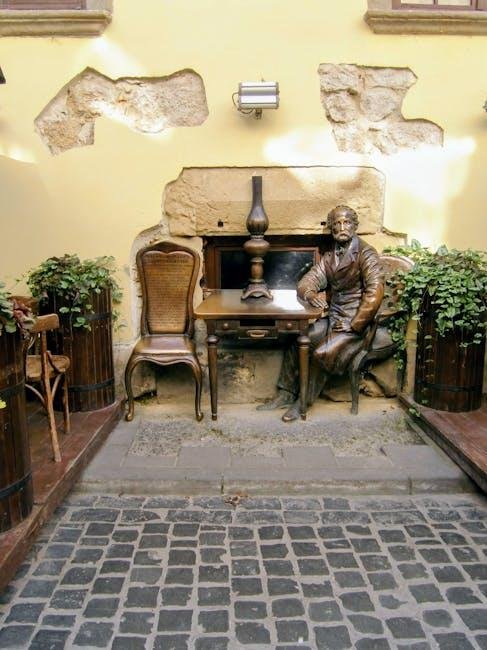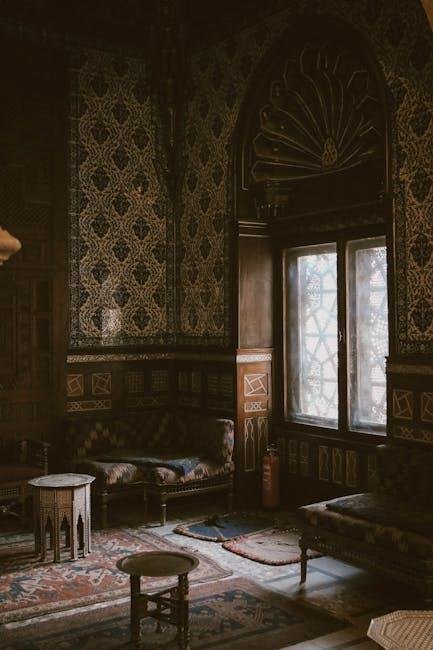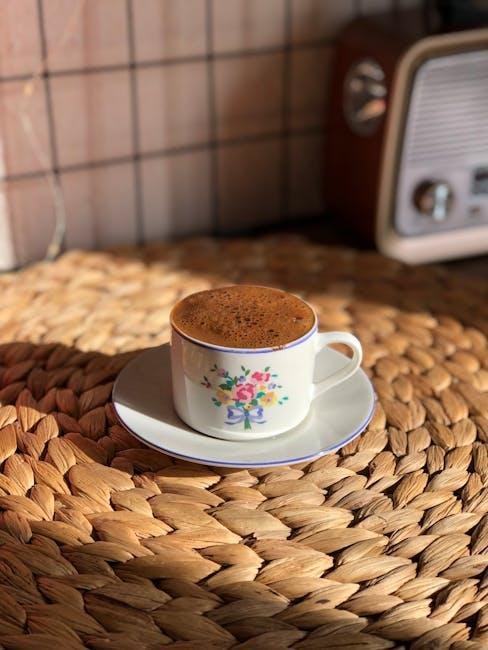Reviving the charm of antique chairs can be a rewarding and fulfilling endeavor, breathing new life into treasured pieces that embody history and craftsmanship. Whether you have inherited a family heirloom or stumbled upon a hidden gem at a flea market, reupholstering these timeless chairs is an art that blends creativity with practical skill.In this guide, we will explore the step-by-step process of reupholstering antique chairs, offering insights into material selection, tools needed, and techniques to preserve their unique character while enhancing comfort and style. Join us as we journey into the world of upholstery, where tradition meets innovation, and transform forgotten furniture into stunning focal points in your home.
The Art of Choosing the Right Fabric for Antique Chairs
Choosing the perfect fabric for your antique chairs is crucial, as it not only affects the aesthetic appeal but also the durability and comfort. Consider fabrics that offer a balance between style and functionality.Here are some key factors to keep in mind:
- Durability: Opt for fabrics like canvas, denim, or microfiber that can withstand everyday use.
- Pattern: Antique chairs frequently enough shine with floral or damask patterns, which can complement their classic design.
- Color: Choose a color that resonates with the room’s palette while also enhancing the chair’s original charm.
- Texture: Consider fabrics with a rich texture such as velvet or brocade for an added touch of luxury.
Additionally, think about how the fabric will age over time. Some materials hold their beauty longer than others, so research the fabric’s fade resistance and cleaning requirements. Below is a swift comparison of popular fabric choices:
| Fabric Type | durability | Maintenance |
|---|---|---|
| Canvas | High | Easy to clean |
| Velvet | Moderate | Dry clean recommended |
| Microfiber | High | Wipe with a damp cloth |
| Brocade | moderate | Spot clean only |

Essential tools and Techniques for Successful Reupholstery
Successfully reupholstering antique chairs requires not only creativity and a keen eye for design but also a set of essential tools and techniques. Begin with a sturdy staple gun; this will be your best friend, ensuring that fabric is securely attached to the chair frame. Additionally, invest in a quality seam ripper for removing old upholstery without damaging the frame, along with a hand stapler for smaller areas. A variety of upholstery needles and strong thread will help you sew any necessary seams and attachments. Don’t forget a pair of fabric scissors, which should be sharp enough to cut through multiple layers of fabric or batting. a rubber mallet can assist in gently securing any loose wooden joints or components during reassembly.
Incorporating the right techniques into your reupholstery process can elevate your project to new heights. Start by carefully dismantling the old upholstery, documenting the order of each layer—this will serve as a roadmap for your reassembly. When applying new fabric, pull the fabric taut, ensuring there are no wrinkles or excess material that coudl compromise the aesthetic. It’s beneficial to utilize batting for added comfort and to give a smooth finish to the edges of the fabric.For reinforcement, consider using a double-stitched seam in areas that will endure more wear and tear. mastering the art of corner pleats will not only provide a professional appearance but also ensure a snug fit around curves and angles. Use patience and creativity, allowing the antique charm of the chair to shine through the new upholstery.

preserving Historical Integrity While Making Modern Updates
When approaching the task of reupholstering antique chairs, it is crucial to strike a balance between modern updates and the preservation of the chair’s historical essence. Begin by conducting thorough research on the chair’s period, style, and original materials. This knowledge will guide you in selecting fabrics and techniques that honor the piece’s heritage while allowing for enhanced comfort and durability. Opt for colors and patterns that reflect the original design, yet consider fabric choices that provide a contemporary twist, such as lasting or performance materials. Remember, preservation is paramount; aim to retain original structures, such as springs and woodwork, as they contribute to the chair’s authenticity.
Additionally, take care when removing the old upholstery; document the layers and methods used to better understand how the chair was originally constructed. This can serve as a valuable reference point during the reupholstering process. A checklist can definitely help guide your steps:
- Research: Historical context and original materials
- Fabric Selection: Contemporary yet respectful of original design
- document Removal: take notes and photographs of upholstery layers
- Preserve Original Parts: repair, don’t replace, wherever possible
by following these principles, the finished chair can beautifully merge the old with the new, allowing it to take on a revitalized life that honors it’s past.

Step-by-Step Process for a Flawless Finish on Antique Furniture
Achieving a flawless finish on antique furniture is a meticulous process that rewards patience and attention to detail. Begin by gathering your materials, including fine sandpaper, good-quality primer, and desired paint or stain. With the furniture piece securely positioned, start by gently sanding the surface to remove any existing finish and imperfections. This step is crucial as it helps the new finish adhere properly. Once sanded,wipe the surface clean of dust and debris using a damp cloth. Allow it to dry wholly before applying a coat of primer, which acts as a barrier and ensures a smooth application of the final color.
After the primer has dried,it’s time to apply your chosen finish. Depending on your preference,you may choose to use a paint for a bold look or a stain to enhance the natural wood grain. Apply the finish using high-quality brushes or cloths, ensuring even coverage and paying special attention to detailed areas. For a truly flawless appearance, consider the following tips:
- Apply multiple thin coats instead of one thick layer.
- Sand lightly between coats to achieve a silky-smooth texture.
- Finish with a top coat for added protection and a glossy sheen.
Future outlook
As you set down your tools and admire the conversion of your antique chairs, you’ve not only revived a piece of history but also infused it with your own personal touch. Reupholstering can seem like a daunting task, but with patience and creativity, you’ve proven that the art of restoration is well within your reach. Whether you’ve chosen a bold fabric that speaks to your style or preserved the timeless character of its original upholstery, every stitch and staple tells a story—your story.
Remember, each chair has its own unique history, and through your efforts, you’ve contributed to its legacy as well. Don’t hesitate to take on more projects in the future. With each new challenge, you’ll hone your skills and deepen your appreciation for the craft. So, as you take your freshly upholstered chairs into your home, no that you are not just enjoying lovely furniture; you are also cherishing the past while shaping the future. Happy upholstering!




